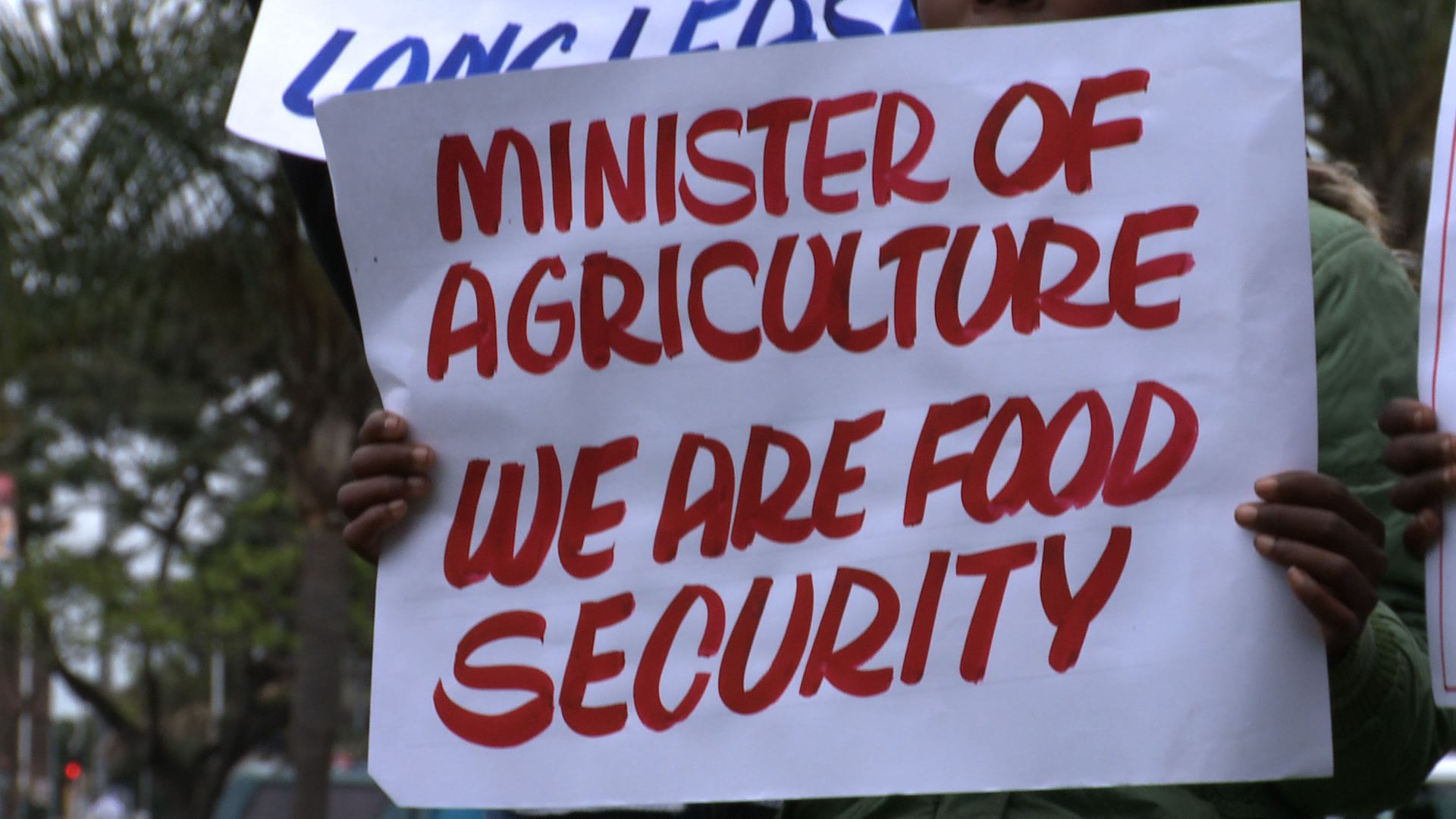Food at COP21: Three new initiatives spotlight food insecurity, soils, waste
Author: Emma Bryce
It’s become a catch-22 of our times: the global food system is both a villain and a victim of climate change. Agriculture accounts for almost a quarter of global greenhouse gas emissions, and yet floods, drought, and the planet’s increasing climatic variability play with the fate of our food. Continuing on the current climate trajectory will mean a future of profound food insecurity, especially for developing nations.
This week, these concerns have been prominent on the agenda at the COP21 climate talks in Paris. For the first time at a COP conference, agriculture had its own dedicated focus-day, held on Tuesday by the Lima-Paris Action Agenda (LPAA), a partnership established between France and Peru to showcase and strengthen on-the-ground climate action in 2015 and beyond. “For years, agriculture, food systems, including oceans, including forests, have been knocking hard at the door—and now there’s movement starting,” said David Nabarro, former special representative of food security and nutrition for the United Nations, at the LPAA agriculture press briefing on Tuesday afternoon.
That door should have been yanked open a long time ago, considering that our food systems are due to bear so much of the brunt of climate change. But there are strong signs of progress. The world needs creative solutions if we are to reduce agricultural impact and feed everyone on the planet (an estimated nine billion by 2050)—and some of the best have recently been aired at the talks.
Here are three that caught my eye: each places our global food system squarely on the climate table.
[…]Keeping soil carbon on lockdown
The planet’s soils naturally hold vast quantities of carbon—two to three times more carbon than the air. Releasing it through unsuitable, soil-degrading agricultural techniques will contribute to climate change and also reduce soil health—but, if we keep more carbon locked in the soil, it has the power to both mitigate climate change and increase agricultural productivity.
On Tuesday as part of the Lima-Paris Action Agenda, hundreds of partners joined to launch ‘4/1000’, an initiative designed to increase the storage of carbon in the earth: “If we were to increase the amount of carbon in the soil by just 0.4% then we would compensate entirely for the increase of carbon in the atmosphere—just to show how huge the potential is,” says Frank Rijsberman, CEO of the CGIAR Consortium of International Agricultural Centers, one of the partners contributing to the initiative. As part of 4/1000 the CGIAR itself is proposing a $225 million project that aims to increase carbon storage by promoting better farming techniques in developing world agriculture. Methods like agroforestry and reduced soil tillage could keep carbon enclosed in the soil, leading to a 20 percent boost in yields, and in theory offsetting greenhouse gas emissions by 15 percent. The benefits will be three-pronged, says Rijsberman: “We will mitigate greenhouse gas emissions; adapt agriculture to climate change and thus improve food security; and improve ecosystem functioning.”

